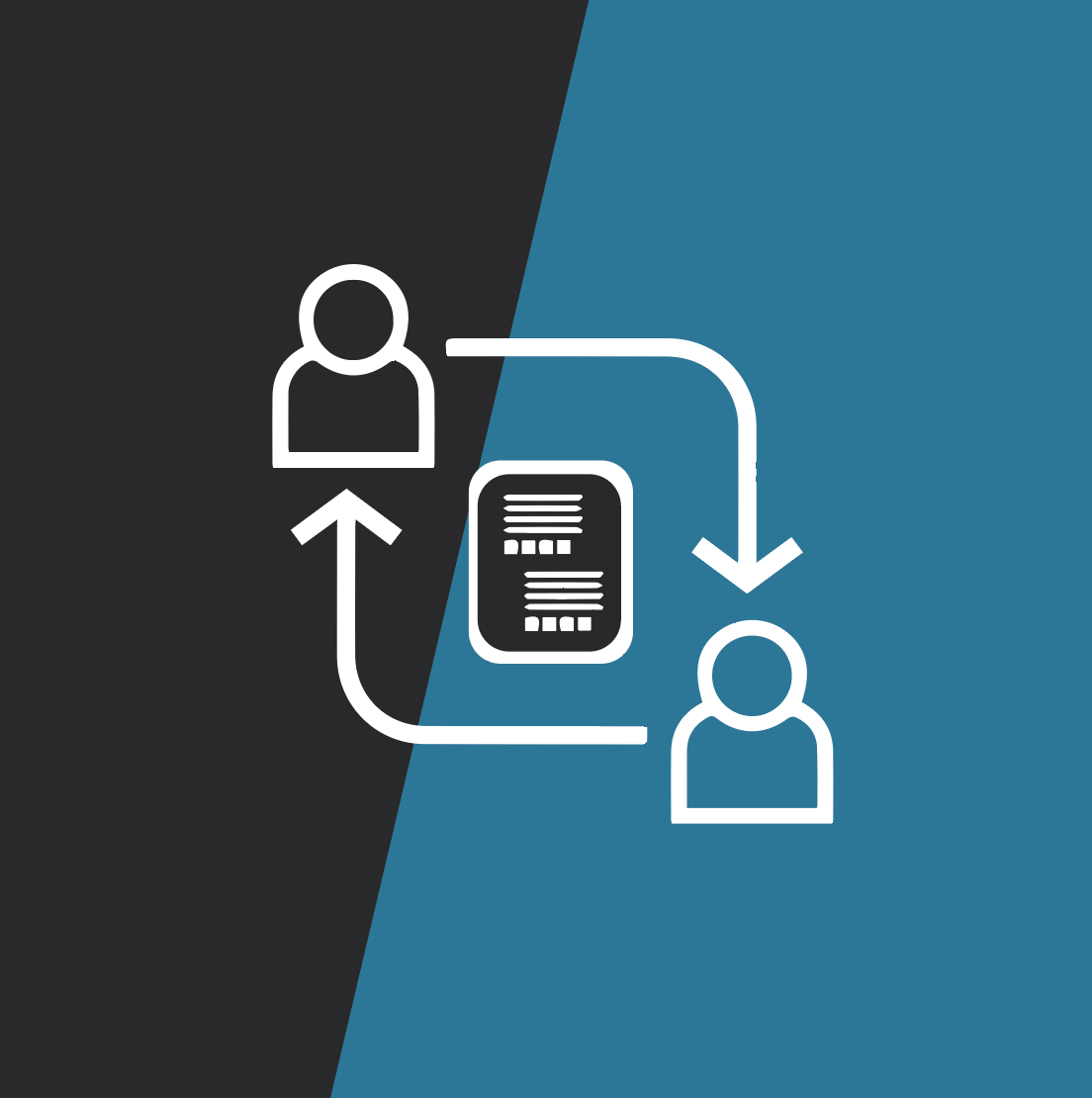The Guide to Inclusive Holiday Marketing Campaigns
Sarah Corley#Digital Marketing

Create meaningful and effective holiday marketing campaigns that resonate with your entire audience.
It's Autumn--officially the season of sweaters and specialty flavored drinks. With many holidays coming up towards the end of the year, here's everything you need to know about inclusive campaigns during the start of a busy holiday season.
What is Inclusivity?
Inclusivity is the practice or policy of including people who might otherwise be excluded or marginalized. Salesforce says it so eloquently, “It means that we are elevating diverse voices and role models, decreasing cultural bias, and leading positive social change through thoughtful and respectful content.
We believe that our responsibility as marketers is to relay our brands’ messaging in a way that resonates with people from all backgrounds, regardless of race, ethnicity, gender identity, age, religion, ability, sexual orientation, or otherwise.
Beyond diversity, truly inclusive marketing can elevate the stories and voices of people that have been typically marginalized or underrepresented, deepen connections with customers, and even influence positive social change.”
What are Inclusive Campaigns?
Inclusive campaigns reflect inclusive marketing—creating materials that accurately reflects the diverse communities that will interact with your content.
Around Q4 (October, November, December), brands typically rollout numerous holiday marketing campaigns for Halloween, Thanksgiving, Black Friday, Cyber Monday, Christmas and New Year’s Day. However, I rarely see the following holidays celebrated by brands: Yom Kippur, Indigenous Peoples Day, Diwali, Dia De Muertos, Small Business Saturday, Giving Tuesday, Winter Solstice/Yule, Hanukkah and Kwanzaa.
So, how do we create an inclusive holiday marketing campaigns without excluding certain communities?
Examples of Awesome Inclusive Holiday Campaigns
Take a look at these two examples of inclusive holiday seasonal campaigns. What do these two have in common?
Edeka
Air Canada
These ads target what most holidays in Q4 celebrate at their core—community, belonging, and peace. Notice how there’s no specific holiday messaging, just a simple, powerful statement at the end.
Tips for Inclusive Campaigns
Identify your bias.
What holidays have you grown up celebrating? What holidays does your company celebrate?
Think about accessibility.
How will the HOH, deaf, and colorblind communities be included in your campaign?
Remember that imagery matters.
Snowflakes and people bundled up for colder months might resonate with those in colder climates. What about our friends in warmer areas?
Non-traditional holiday color palettes
No need to stick to classics blues, greens, or reds. Mix it up!
If you're creating content with graphs, people who are colorblind might find it hard to distinguish between colors if you are using red, green, blue or orange. Instead, try patterns, textures, or shapes to make it more inclusive.
Values-based messaging versus holiday-based messaging
Think messaging around community, belonging and peace versus Merry Christmas, Happy Hanukkah or Happy Diwali.
As marketers and content creators, we have an opportunity to make the web more inclusive through our holiday marketing campaigns. So let's do it starting with Q4!
Photo by Samantha Gades on Unsplash
Related Posts

7-Step Guide to Effective Social Media Ads
We share how to plan a successful paid social media campaign in 7 easy steps.

3 Reasons Your Business Needs to Focus on Customer Experience
While there are many reasons why companies should focus on customer experience, here are three timely reasons that should be top of mind for any marketer.
Results Matter.
We design creative digital solutions that grow your business, strengthen your brand and engage your audience. Our team blends creativity with insights, analytics and technology to deliver beauty, function, accessibility and most of all, ROI. Do you have a project you want to discuss?
Like what you read?
Subscribe to our blog "Diagram Views" for the latest trends in web design, inbound marketing and mobile strategy.
